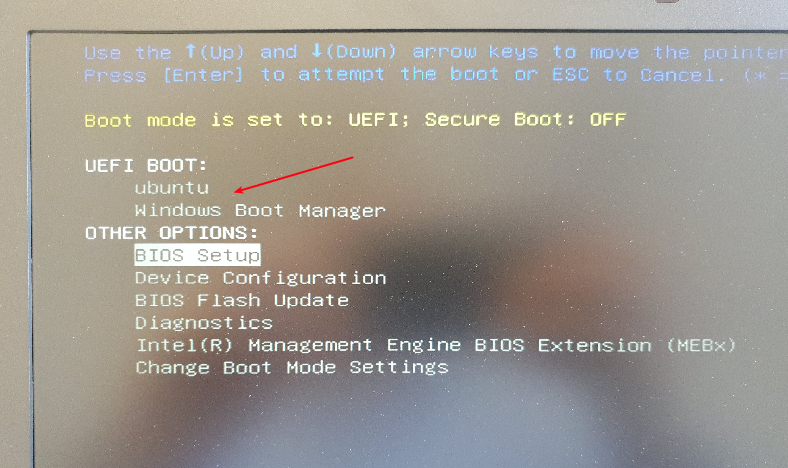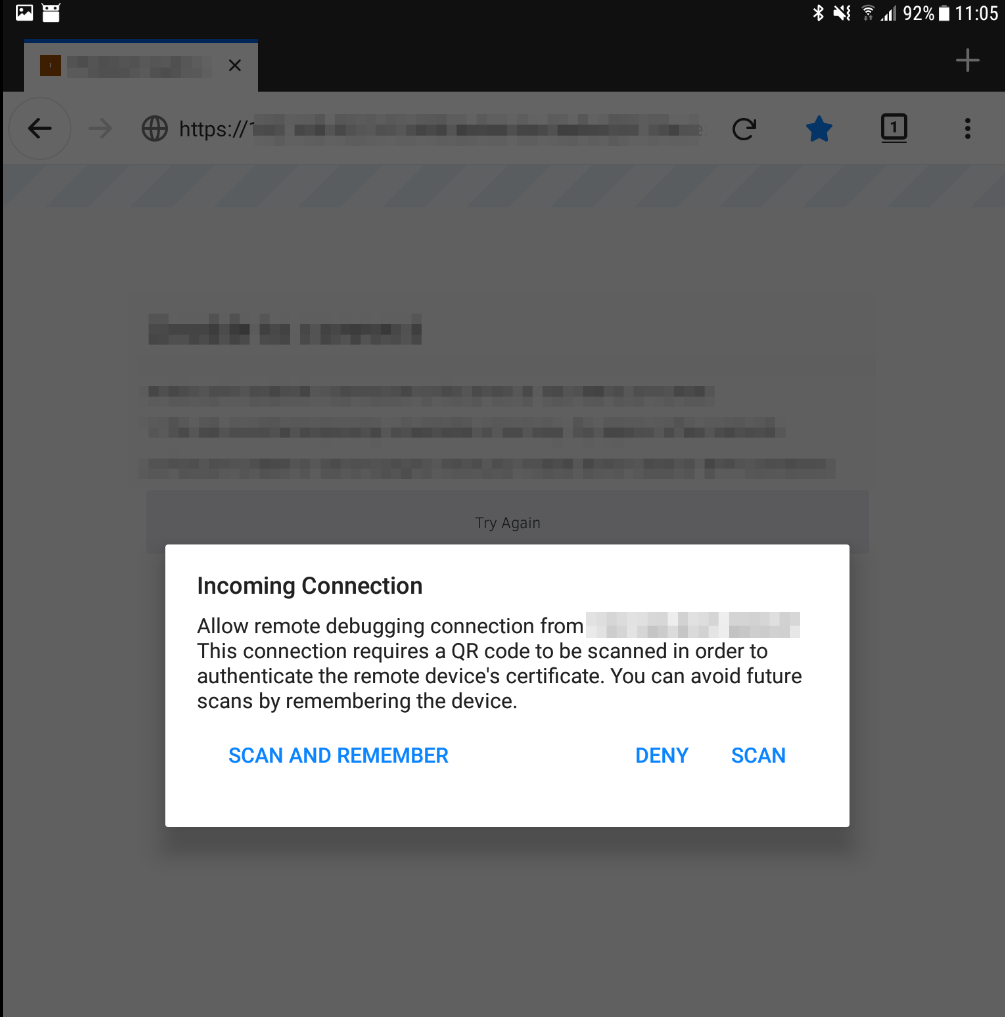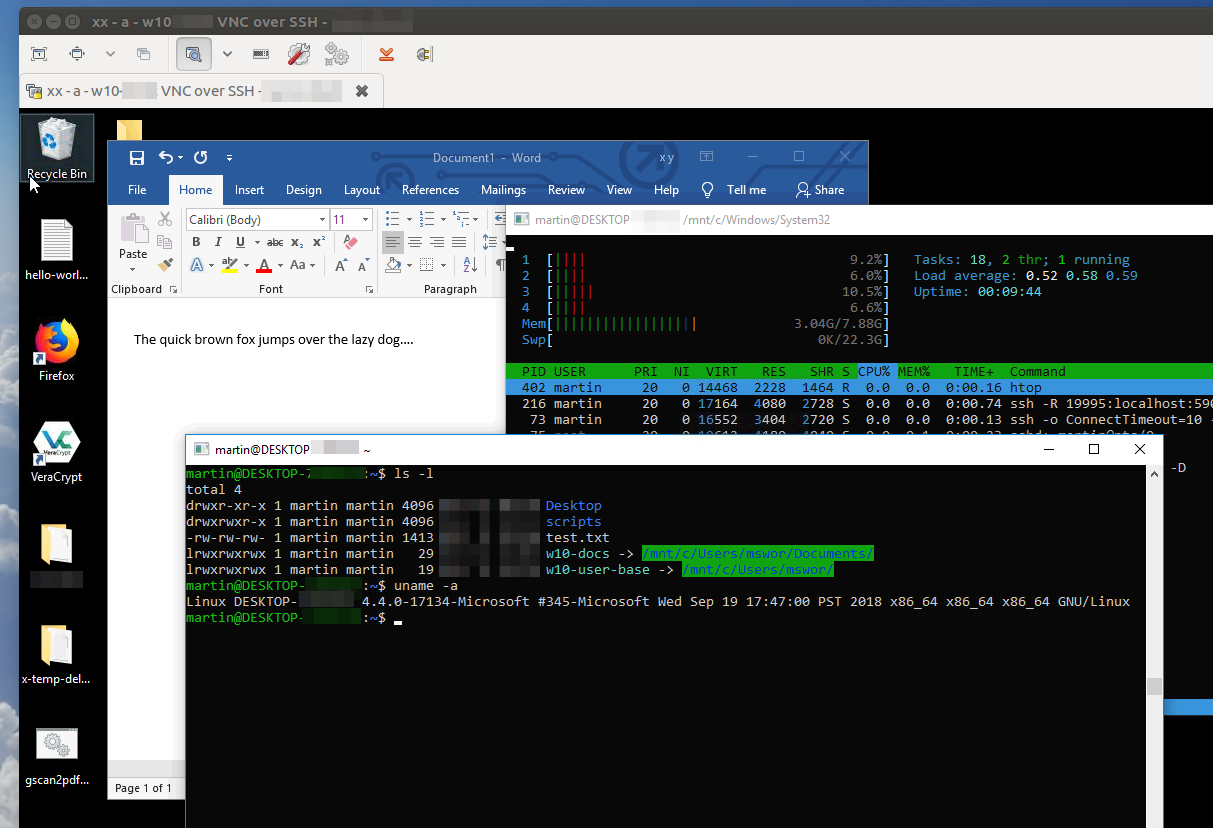
One of the technology mysteries most people don’t really want to spend a second thought on is how the operating system of a PC is booted. When installing Linux next to Windows on the same disk, however, or when you plan to move a disk from one PC to another at some point, or when you want to restore a system image from a backup, it’s worth to understand at least the basics of the process to fix things in case something goes wrong. In a recent edition of the c’t magazine (see here, in German, article behind a paywall) there have been a number of great articles about the topic and here are my takeaways that will help me in the future.


